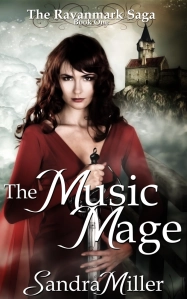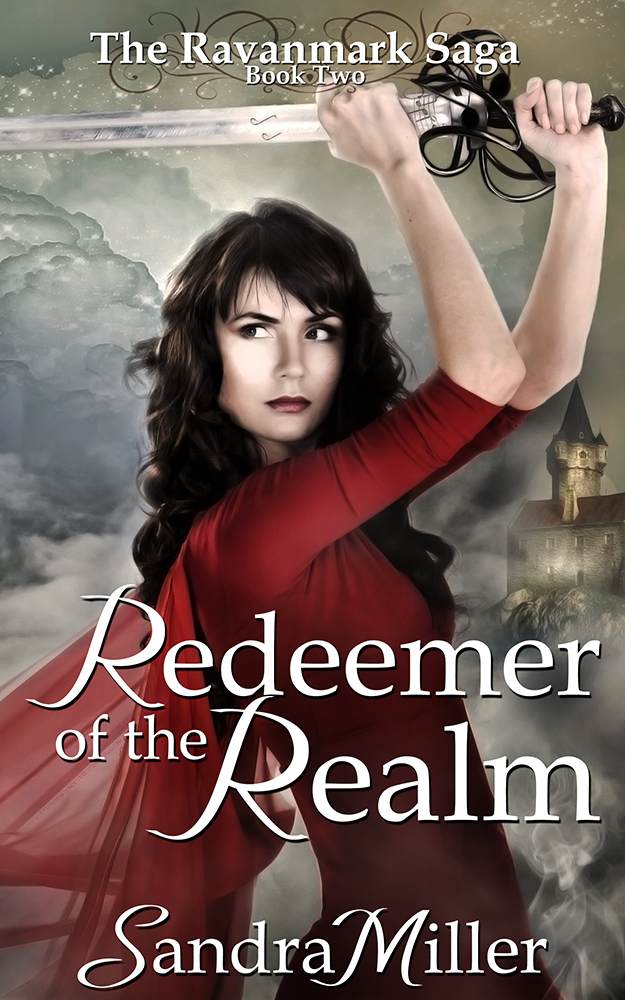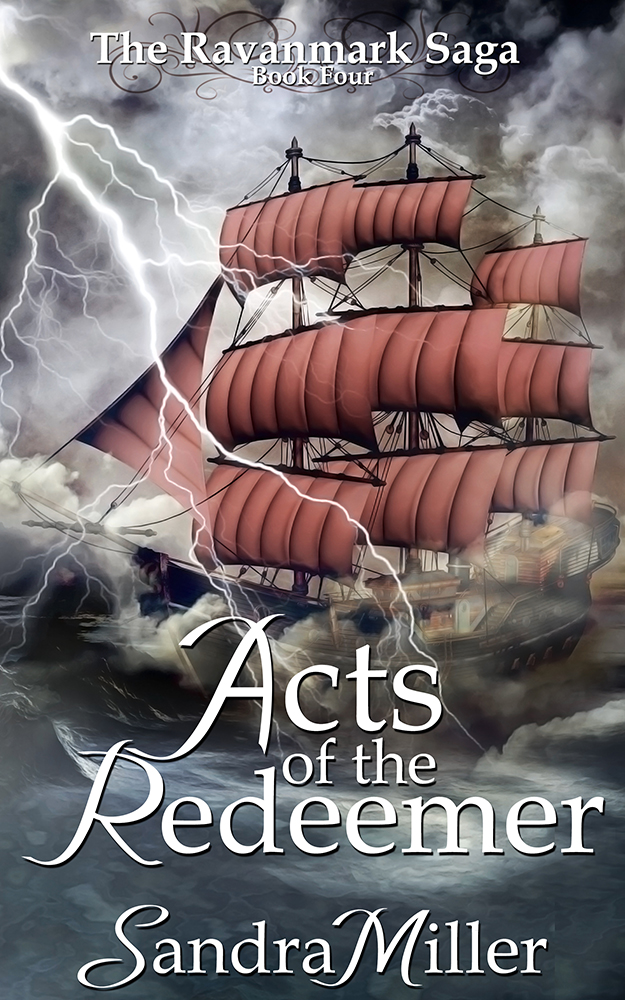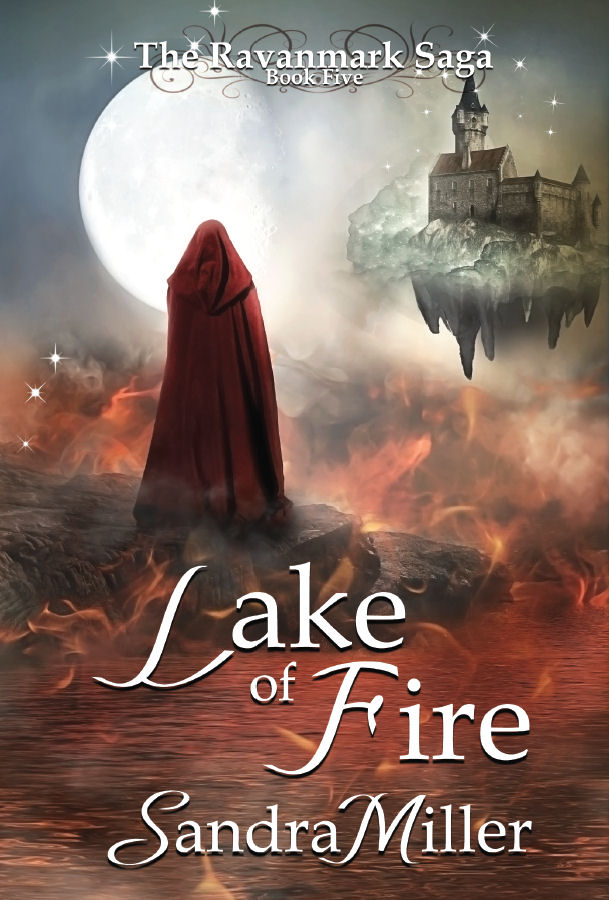
If you’re like most writers I know, making your words look pretty on the page is kind of an obsession of yours. Formatting text so that it looks nice is a habit of yours, sometimes a rather time-consuming habit. There are times when you even take formatting to a whole new level, using it to highlight or emphasize artistic choices you have made in your text.
If you are a self-published author, formatting is a whole new can of worms, because you have final control over how your books look, on the inside as well as the outside. It’s liberating, but it’s also a double-edged sword, because formatting done badly can turn a reader off a book pretty quickly.
One thing that tends to turn up fairly often in my work is dream sequences. Dreams are fascinating, and can be one way to introduce almost paranormal elements into work that isn’t actually paranormal.
Two of my currently available works, Concerto and The Crystal Cave, both feature dream sequences. The dream sequences are important, even necessary, to the story. One problem we face as writers, is how to make a dream sequence apparent as a dream. One way I chose to do this is with formatting.
In The Crystal Cave, one of the first scenes is a story-changing dream sequence. To help indicate to the reader that something different was going on here, I used a combination of formatting and tense change. Crystal Cave is told in past tense. But for the dream sequence, the narrative changes to present tense. We experience the dream as it happens, in real time.
But just the sudden change to present tense would, I felt, be confusing. To set the text apart from the rest, I also chose to italicize the dream sequence. Are there rules about this sort of thing? Not that I am aware of. But I think the finished product works well, and it is immediately apparent where the dream begins, and where ordinary reality resumes.
In Concerto, on the other hand, there is no special formatting, no tense change, to alert us to the dream sequence. It’s a different situation there, and resulted in a different approach.
Concerto opens with a dream sequence. Now I personally hate it when a narrative begins with a dream and sucks you in, before letting you know several pages later that, oh, by the way, none of that was real. It feels like a trick, and it gets you invested in situations that turn out to be false. I was in a quandry–the nightmare was important, crucial, to the story, and it had to be the opening. On the other hand, the last thing I wanted was to trick my readers. How could I open with a dream without it coming across as a trick?
First, I used my chapter headings. Concerto has a very few chapters, and they are named after the parts of a classical concerto. But each chapter also has a subheading. So I used the subheading of the opening chapter to indicate that this was a dream sequence. My chapters:
- Ritornello: The Nightmare
- Movement One: The Nightmare Continues
- Movement Two: On the Trail of a Madman
- Movement Three: Prelude to Destruction
- Finale
Second, I changed my opening line. Instead of opening in the action of the dream, I opened with “The dream was always the same.” The opening line tells you, straight up, that the sequence you are about to read is a dream.
Are there other solutions to these problems? Of course–there will be as many answers as there are writers. The important thing is that, at some point in the process, we all take a step back and look at our stories as the readers will see them, and consider how we might make the journey easier for them.











Hey! This is helpful, but I’m writing a story for my English class and it happens to have a dream, and was wondering if it is right to indent the whole paragraph and put it in size 11 font (the rest is 12), or should I just italicize the paragraph.
PS-Good luck with all your writing!
ps- oim your biggest fan and i readone of your books.
Hi Jeffrey! Thanks for the comments!
Really, I don’t think there are any hard and fast rules about formatting dream sequences. I probably wouldn’t change the font size, but you may find that it helps to set the sequence apart. If it’s a fairly short sequence, I would consider indenting the entire paragraphs, but I probably wouldn’t do so for a longer sequence–say anything longer than a page.
But those are just my preferences, and you may well find that you like a different look. It may help to try a couple of approaches and print out that particular page with each style, and see which appeals to you more.
Good luck with your story!
Great. I thought about using italic to help the reader understand they were reading a dream sequence. Glad to see this as one of your suggestions.
That was a good insight! What clicked me was its suitability and this one being illustrated with example.